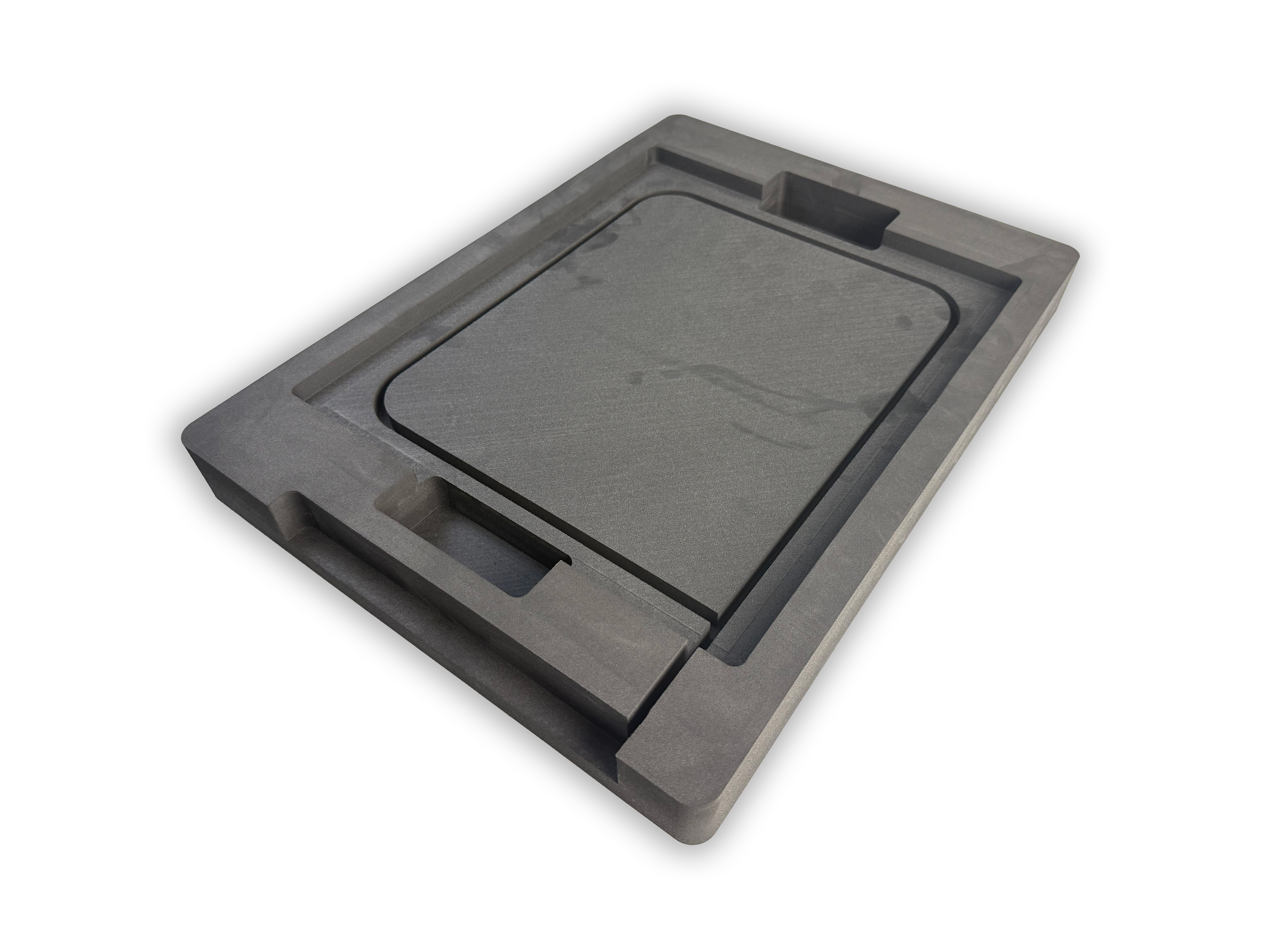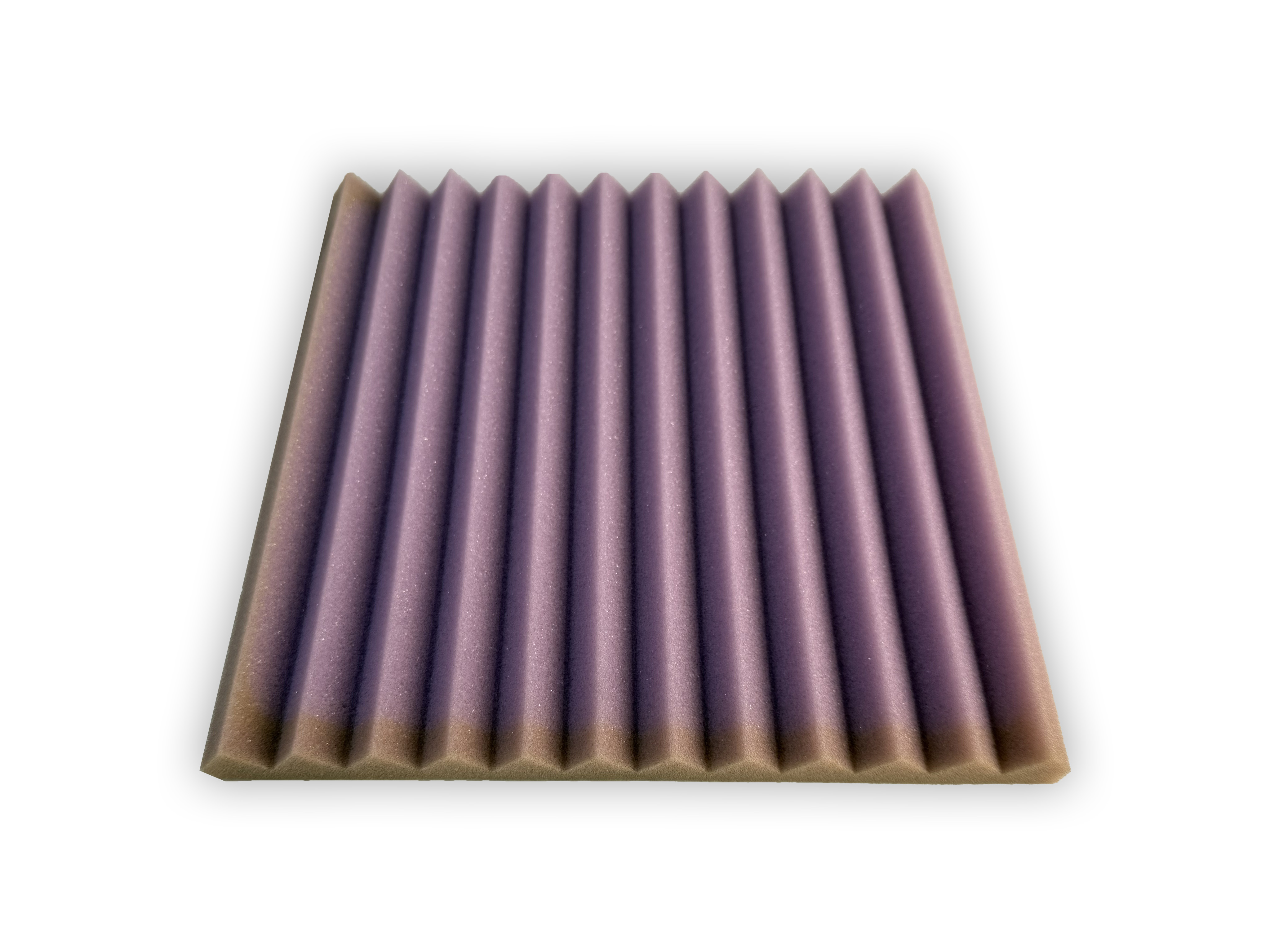5 Kinds of Foam Cosplayers Use
2025-08-20
Foam is one of the most important materials in cosplay for making costume armor, props, and accessories. Its lightweight, flexible, and easy-to-shape nature makes it the top choice for beginners and professional cosplayers alike. This guide explores the different types of foam used in cosplay, their applications, and how manufacturers like Fubo provide high-quality foam solutions across industries.

Table of Contents
- Why Foam is Essential in Cosplay
- Kinds of Foam Used in Cosplay
- EVA Foam – The Most Popular Choice
- Craft Foam Sheets
- PE Foam and Polyethylene Options
- Foam Insulation (Floor Mats & Rolls)
- Specialty Foams in Cosplay
- About Fubo – Professional Foam Manufacturer
- Tips for Working with Cosplay Foam
- Summary Table
- References
Why Foam is Essential in Cosplay
Foam has revolutionized the cosplay industry. Before foam became widely available, cosplayers often relied on heavy materials like metal, fiberglass, or wood to create armor and props. These materials were difficult to shape, heavy to wear, and unsafe for conventions. Foam, however, is lightweight, safe, and versatile, making it a staple in modern cosplay.
- Lightweight: Easy to carry for long convention days.
- Flexible: Can be bent, sanded, and heat-formed into various shapes.
- Paintable: Takes coatings and finishes to look like metal, leather, or stone.
- Cost-effective: Affordable compared to traditional crafting materials.
Kinds of Foam Used in Cosplay
Cosplayers use several different kinds of foam depending on their project. The most common types include:
- EVA Foam: The most popular and versatile foam for costumes and armor.
- Craft Foam: Thin, flexible sheets used for detailing and layering.
- PE Foam: Closed-cell polyethylene foam, good for padding and structural strength.
- Foam Mats: Interlocking floor mats often repurposed for cosplay builds.
- Specialty Foams: Such as upholstery foam, insulation foam, or high-density foams.
EVA Foam – The Most Popular Choice

EVA foam (ethylene-vinyl acetate) is the go-to material for cosplayers. It is sturdy, smooth, and easy to cut. EVA foam can be purchased in different thicknesses, making it ideal for everything from full suits of armor to small detailed accessories.
- Used for armor, weapons, props, and masks.
- Can be sanded, heat-shaped, and glued easily.
- Available in various thicknesses (2mm, 5mm, 10mm, etc.).
- Can be sealed with coatings like Plasti Dip before painting.
Fubo’s EVA foam products are widely applicable beyond cosplay. They manufacture:
- Customized EVA foam inner lining
- EVA foam swimming boards
- EVA toys with numerical letters
- EVA cushioning and protective material
- Soilless culture foam boards
Craft Foam Sheets
Craft foam is typically thinner than EVA foam and comes in sheets that are easy to cut. This type of foam is ideal for details, layering, and lightweight accessories.
- Thickness: Usually 1mm–3mm.
- Perfect for small decorative elements like armor trim.
- Affordable and available in various colors.
PE Foam and Polyethylene Options
Polyethylene (PE) foam is a closed-cell foam that is tougher and more rigid than EVA. It is often used for structural support in props and padding in costumes.
- Strong shock absorption properties.
- Lightweight but more durable than standard foam sheets.
- Excellent for shields, large weapons, or internal prop supports.
Foam Insulation (Floor Mats & Rolls)
Many cosplayers repurpose foam floor mats or insulation rolls for large-scale builds. These mats are budget-friendly and come in thicker sizes, making them perfect for armor bases.
- Interlocking puzzle mats widely sold in the UK and US.
- Good for large armor pieces or oversized props.
- Easy to find in hardware stores.
Specialty Foams in Cosplay
Besides EVA and PE foam, cosplayers sometimes experiment with specialty foams:
- Upholstery Foam: Used for large padded costumes or creature builds.
- Foam Clay: A moldable foam that hardens when dry – perfect for sculpting details.
- High-Density Foam: Provides rigidity for weapons and armor bases.
About Fubo – Professional Foam Manufacturer
Fubo is a professional foam manufacturer located in Xiegang, Dongguan, Guangdong, China. With expertise in multiple industries, Fubo delivers high-quality foam solutions for:
- Electronics and computer protection
- Appliances and hardware cushioning
- Sports equipment and safety padding
- Vacuum cleaners and drones
- Semiconductors and new energy industries
- LED and precision equipment
While Fubo’s main focus is industrial foam, the same EVA foam technology is also applicable for cosplay armor, props, and protective gear. Their OEM solutions ensure that foam can be customized to meet both industrial and creative needs.
Tips for Working with Cosplay Foam
- Cutting: Use a sharp utility knife for clean edges.
- Shaping: Heat guns help bend foam into curves and armor shapes.
- Sealing: Always seal foam with a primer or Plasti Dip before painting.
- Painting: Acrylic paints work well on sealed foam surfaces.
- Joining: Contact cement is the best adhesive for EVA foam builds.
Summary Table
| Foam Type | Properties | Best Cosplay Use |
|---|---|---|
| EVA Foam | Durable, flexible, easy to cut | Armor, props, weapons |
| Craft Foam | Thin, flexible, inexpensive | Details, trims, lightweight accessories |
| PE Foam | Closed-cell, tough, shock-absorbing | Padding, structural supports |
| Floor Mats | Thick, affordable, easy to find | Large armor bases, shields |
| Specialty Foams | Upholstery, foam clay, high-density | Creature builds, sculpted details |
References
- Cosplay Central
- Cosplay Tutorial
- Foam Factory – Cosplay Foam Guide
